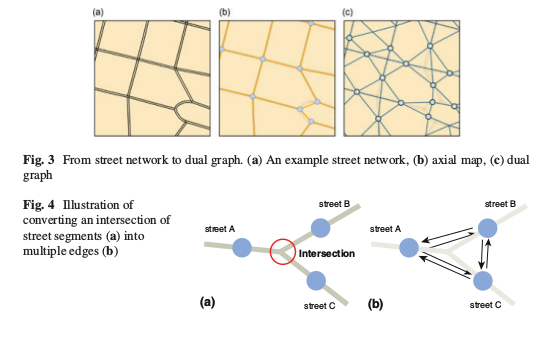
Paper
Wen, T. H., Chin, W. C. B., & Lai, P. C. (2016). Link structure analysis of urban street networks for delineating traffic impact areas. In M. Nemiche, M. Essaaidi (eds.), *Advances in Complex Societal, Environmental and Engineered Systems, Nonlinear Systems and Complexity 18*. Part 2: 203-220. Springer: Switzerland.
Abstract
With the growing number of developing large-scale cities, traffic congestion has becomes a global issue. Traffic congestion could be attributed to topological structure of street network and traffic flow concentration. It is necessary to investigate these two factors simultaneously to solve traffic congestion. Therefore, this study proposed an innovative analytical procedure of ranking algorithm, the Flow-based PageRank (FBPR), for investigating the traffic flow concentration, complexity of street network structure and traffic impact areas. By overlapping these factors, street segments prone to traffic congestion are identified. A network modularity algorithm is used for delineating the traffic impact areas that will be affected by traffic congestion. Our results indicate that only relying on the topological structure of the street network, this framework could identify the Central Business Districts (CBD), and the areas proximate to the stations of the combination of MRT and train railway systems are prone to traffic congestion. Meanwhile, the delineation of traffic impact areas could be spatially targeted at priorities of traffic improvement for city planners.
Read article here:
- Official website: Link structure analysis of urban street networks for delineating traffic impact areas, Advances in Complex Societal, Environmental and Engineered Systems, Nonlinear Systems and Complexity 18,
- ResearchGate: Abstract and full text (on request or downloadable directly),
- Please contact me (by Gmail ).
